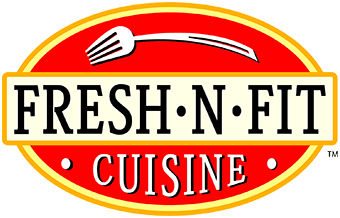
You’ve probably heard of prebiotics and probiotics, but do you know what they are? Nutrition research has pinpointed specific functional components of foods that may improve health, and prebiotics and probiotics are two such substances.
Although they are available as dietary supplements, it is not necessary to use special pills, potions, cleanses or other concoctions to incorporate prebiotics and probiotics into your diet. These “nutrition boosters” are natural ingredients in everyday food. In fact, Kristi King, MPH, RDN, LD, CNSC, spokesperson for the Academy of Nutrition and Dietetics, suggests focusing on the food sources first. “They are more readily available for absorption and digestion,” she says.
While research continues in this area of nutrition — investigating how effective and safe these substances are and how much we need to obtain health benefits — here’s what we know now.
What Are Prebiotics and What Do They Do?
Prebiotics are natural, non-digestible food components that are linked to promoting the growth of helpful bacteria in your gut. Simply said, they’re “good” bacteria promoters. That’s right, not all bacteria are bad! Prebiotics may improve gastrointestinal health as well as potentially enhance calcium absorption.
Prebiotics in Your Diet
Prebiotics include fructooligosaccharides, such as inulin and galactooligosaccharides. But rather than focusing on these lengthy words, include more prebiotics in your diet by eating these foods recommended by King: bananas, onions, garlic, leeks, asparagus, artichokes, soybeans and whole-wheat foods.
What Are Probiotics and What Do They Do?
Probiotics are the “good” bacteria — or live cultures — just like those naturally found in your gut. These active cultures help change or repopulate intestinal bacteria to balance gut flora. This functional component may boost immunity and overall health, especially GI health. For instance, probiotics have been used for management of irritable bowel syndrome symptoms. Some strains of these live cultures may help prevent specific allergy symptoms, reduce symptoms of lactose intolerance and more. However, effects can vary from person to person.
Probiotics in Your Diet
To obtain more probiotics, King recommends enjoying fermented dairy foods including yogurt, kefir products and aged cheeses, which contain live cultures (for example, bifidobacteria and lactobacilli). Plus, she suggests some non-dairy foods which also have beneficial cultures, including kimchi, sauerkraut, miso, tempeh and cultured non-dairy yogurts.
What Makes Prebiotics and Probiotics the “Dynamic Duo?”
Ultimately, prebiotics, or “good” bacteria promoters, and probiotics, or “good” bacteria, work together synergistically. In other words, prebiotics are breakfast, lunch and dinner for probiotics, which restores and can improve GI health. Products that combine these together are called synbiotics. On the menu, that means enjoying bananas atop yogurt or stir-frying asparagus with tempeh is a win-win.
The bottom line: At a minimum, prebiotics and probiotics are keys for good gut health. “I think we are at an exciting time in research,” says King. “We’re finding that the gut flora is responsible for more than just digestion.”
Incorporating health-promoting functional foods, such as foods containing prebiotics and probiotics, into the diet aids in creating a healthier you.
Source: Taylor Wolfram, Academy of Nutrition & Dietetics
At Fresh ‘N Fit Cuisine, we offer a wide variety of meals that have pre and probiotics that include our house made fruit-on-the-bottom yogurt and a variety of vegetable side dishes.
